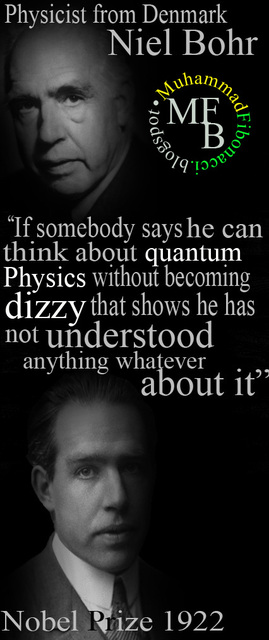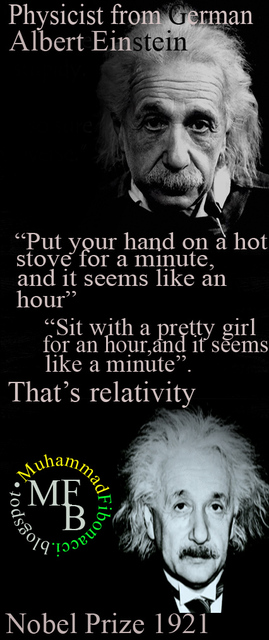1. John Dalton proposed that matter is made of atoms. All substances were either made of single atoms or combinations of atoms (molecules).
2. He thought that atoms were indivisible/undivided.
3. But In the 19th century, experiments showed that atoms were divisible. As a result, new particles and forces were found.
4. J.J Thompson suggested that,atom was consists of sub unit particle which is 1,000 smalller than atom itself.
5. This particle was called as an electron and was the first atomic particle to be discovered by scientists.
6. Before the experimentation by Thompson,William Crookes had carried out an experiment to study the behaviour of metals heated in a vacuum.
7. The experiment of Crookes showed that,a heated cathode produced a stream of radiation, which cause gases at low pressure to glow. This also was proved as many Physicists in the 19th century found out that if they constructed a glass tube with wires inserted in both ends, and pumped out as much of the air as they could, an electric charge passed across the tube from the wires would create a fluorescent glow.Figure 1
8. The radiation emitted from the cathode was given the name 'Cathode rays'.
9. Thomson discovered the electron through his explorations on the properties of cathode rays.
10. A common discharge tube is a glass tube having two metal plates (electrodes of cathode and anode). It has a side tube through which air can be pumped out by using a vacuum pump, so that experiments can be performed at low pressure.
11.Cathode rays was also known as Electron beam / e-beam.It is a stream of electron observed in vacum. Cathode rays are also so named because they are emitted by the negative electrode, or cathode, in a vacuum tube .
12. Electrons were first discovered as the part of cathode rays. The development of television systems was based on the development of the cathode ray tube (CRT). The first cathode ray tube was invented by the German scientist Karl Ferdinand Braun in 1897.








0 comments:
Post a Comment